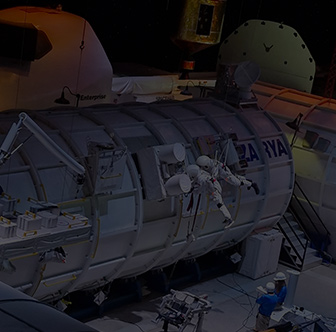
James Webb Space Telescope reaches launch pad for Christmas liftoff
After more than two decades of development, NASA’s next-generation space telescope is on the launch pad.
The James Webb Space Telescope is due to launch on Saturday (Dec. 25) during a 32-minute window that opens at 7:20 a.m. EST (1220 GMT). The massive observatory will blast off from Kourou, French Guiana, atop an Ariane 5 rocket operated by European launch provider Arianespace. You can watch launch coverage live at Space.com beginning at 6 a.m. EST (1100 GMT) courtesy of NASA or you can watch directly at the agency’s website.
The Ariane 5 topped by the long-awaited space telescope rolled out from Arianespace’s final assembly building at about 11 a.m. EST (1600 GMT), according to a NASA tweet. The rocket had arrived by 1 p.m. EST (1800 GMT), according to the agency






Now, the James Webb Space Telescope will spend just under two days on the launch pad, assuming everything goes well. If the rocket can’t make its Saturday launch window, opportunities continue daily through the end of the year.
The observatory is led by NASA with contributions from the European and Canadian space agencies. Once launched, the telescope will spend its first month in space unfurling in a complicated deployment sequence and trekking out to its station some 1 million miles (1.6 million kilometers) away from Earth.
By mid-2022, scientists hope, the telescope will begin gathering observations of the solar system, the galaxy and far, far beyond. The observatory will specialize in gathering infrared light, which will help astronomers study the very beginnings of the universe.
NASA committed to the James Webb Space Telescope in 2002 and construction began two years later. Although the observatory originally targeted a launch in 2007, the project has faced countless delays and cost overruns.
By 2018, the launch was scheduled for March 2021, but the consequences of the COVID-19 pandemic delayed the flight to this fall, then to Dec. 18. A technical glitch and weather concerns combined to push the launch another week, to Christmas Day.




